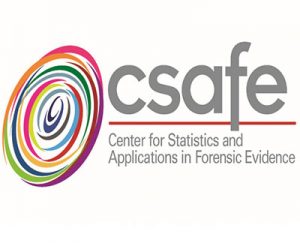The Innocence Project has called upon the Texas Forensic Science Commission to discredit bitemark identification evidence in criminal cases and call a moratorium on its use, stating a lack of reliability in the “science.” Although bitemark is rarely used in criminal cases, it is responsible for 24 wrongful convictions that have been overturned through DNA evidence, out of the 330 total wrongful convictions nationwide that have been overturned through DNA evidence.
“The use of bite mark comparison evidence in criminal trials rests on a series of unproven assumptions. First, bite mark comparison evidence assumes that the biting surfaces of teeth (i.e., the dentition) are unique. Second, it assumes that human skin is capable of accurately recording the dentition’s unique features. Third, it assumes that forensic dentists can reliably associate a dentition with a bite mark. Finally, bite mark comparison assumes that, given all the foregoing, forensic dentists can provide a scientifically valid estimate as to the probative value of the association.” Experts have not found any of these assumptions to be reliable.
In regard to the first assumption, the biting surface is unlikely to be unique since a biting surface is likely to consist of 8 or less flat surfaces of teeth, as opposed to 32 different teeth with 5 sides each that an average adult has. In fact, within populations, there have been biting surface matches between two individuals.
With regard to the second assumption, research indicates that human skin is not able to accurately record the unique features of a biting surface. “[S]kin’s natural tension lines and tissue movement distort bite marks, often dramatically. Bite marks from the same dentition may appear substantially different depending on the angle and movement of the body and whether the mark was made parallel or perpendicular to tension or Langer lines.”
“The third false assumption of bite mark analysis is that forensic dentists can reliably associate a dentition with a bite mark. But the NAS found that ‘[t]here is no science on the reproducibility of the different methods of analysis that lead to conclusions about the probability of a match.'”
http://trailblazersblog.dallasnews.com/2015/08/forensic-science-commission-will-investigate-convictions-based-on-bite-marks.html/


Leave a Reply